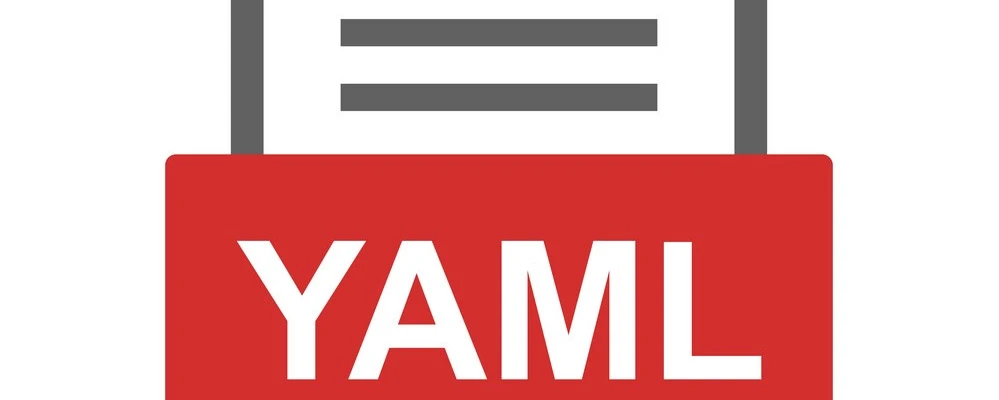How To Create YAML file based on The Three Rules of YAML
How To Create YAML file based on The Three Rules of YAML
What Is YAML?
- YAML stands for
yet another markup languageorYAML ain’t markup language. - YAML is a
human-readableandhuman-friendlydata representation language. - Mainly used for
configuration filesand internet messaging. - It is useful to manage data and includes Unicode printable characters.
- YAML uses the
.yamlextension for its files.
YAML file consists of the following data types:
- Scalars: Scalars are values like Strings, Integers, Booleans, etc.
- Sequences: Sequences are lists with each item starting with a hyphen(–). (Lists can also be nested).
- Mappings: Mapping gives the ability to list keys with values.
The Three Rules of YAML
Rule 1: Indentation
- YAML uses a fixed indentation scheme to represent relationshipsbetween data layers.
- Whitespace indentation is used to indicate nesting and overallstructure.
---
ios:
platform: ios
connection_options:
netmiko:
platform: cisco_ios
extras:
global_delay_factor: 5
nxos:
platform: nxos
connection_options:
netmiko:
platform: cisco_nxos
extras:
global_delay_factor: 5
Rule 2: Colons
- Colons are used in YAML to represent hashes, or associative arrays.
- In other words, one-to-one mappings between a key and a value.
- For example, to assign the value xe-0/0/0 to the interface_name field:
interface_name: xe-0/0/0
The same rule can be extended to a higher level and use nested key-value pairs where we can notice the usage of the indentation:
interface:
name: xe-0/0/0
shutdown: false
subinterfaces:
xe-0/0/0.0:
ipv4:
address: 172.17.17.1/24
Rule 3: Dashes
- Dashes are used to represent a list of items.
- Note the single space following the hyphen. For example:
interfaces:
- fa1/0/0
- fa4/0/0
- fa5/0/0
YAML vs JSON
- Basically, both JSON and YAML are developed to provide a human-readable data interchange format.
- The YAML is realized as a superset of JSON format.
- It means that we can parse JSON using a YAML parser.
- Although the practical implementation of this theory is little tricky.
- Therefore, some basic differences between YAML and JSON are given- below:
| YAML | JSON |
|---|---|
| Complex and time-consuming process of parsing Serialized data | Quickly and easily parse JSON serialized data with its simpler design |
| Less community support | Larger community support and popularity |
| Supports comments | Doesn’t support comments |
| Ability to use reference of other data objects | Impossible to serialize complex structures with object references |
| Hierarchy is denoted by using double space characters. Tab characters are not allowed | Objects and Arrays are denoted in braces and brackets. |
| String quotes are optional but it supports single and double quotes. | Strings must be in double quotes. |
| Root node can be any of the valid data types | Root node must either be an array or an object. |

